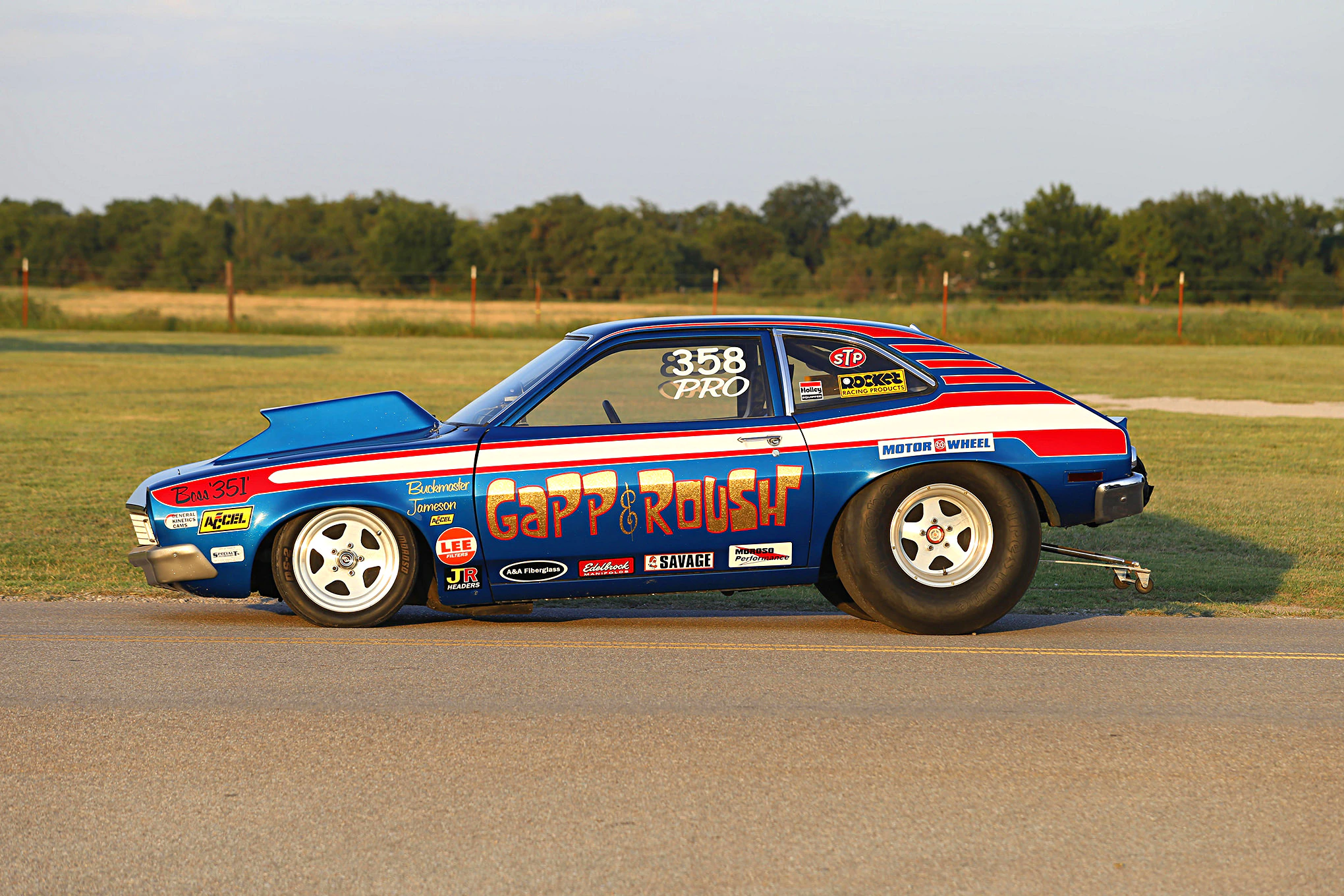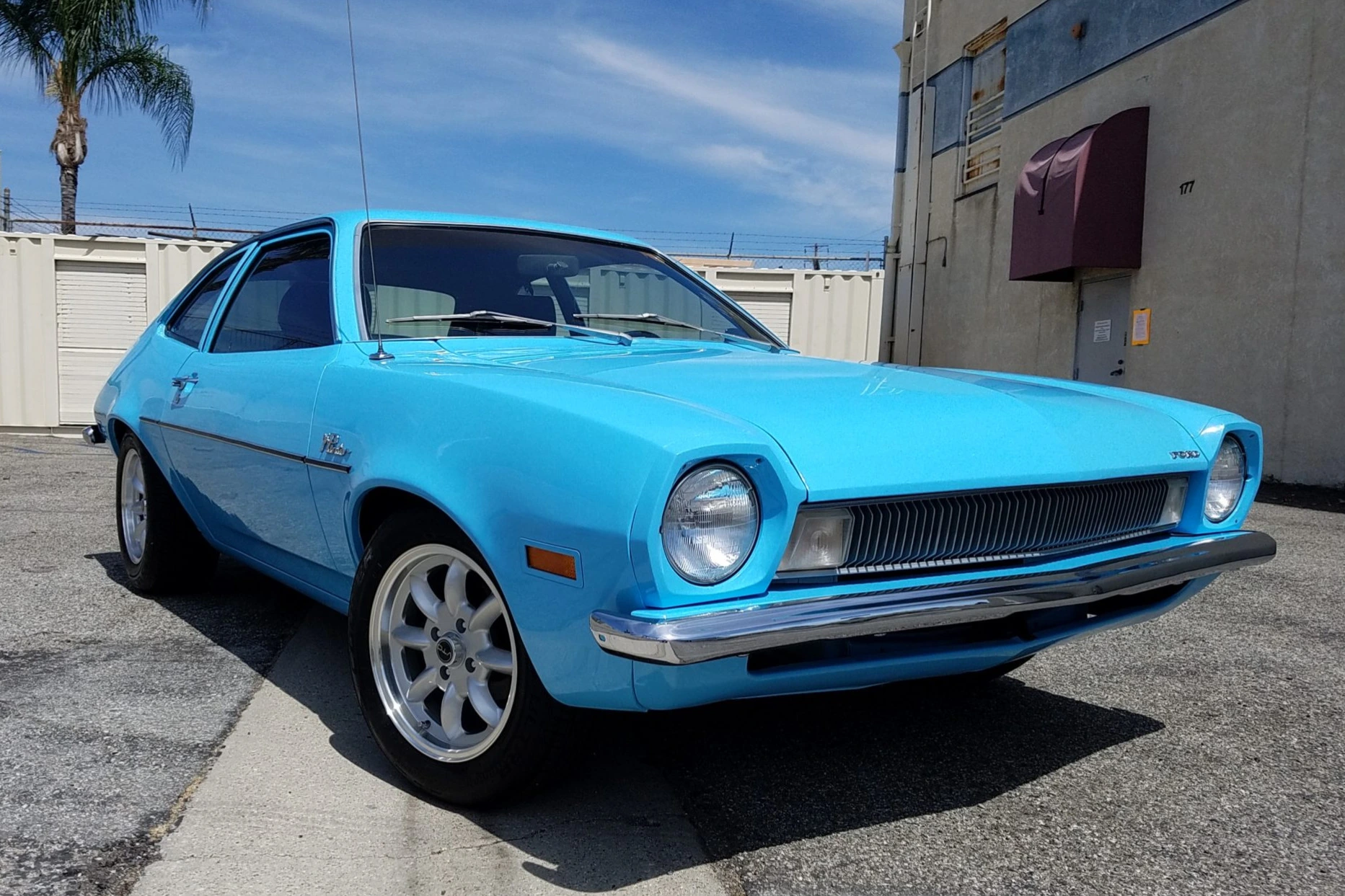In the automotive industry, technology is always improving and evolving. Yet sometimes, this technology goes overboard and ends up being dangerous. Safety is a major priority when it comes to driving and that’s especially true when it comes to new advances. But there are times when new technology comes into play way too fast. This has been the case in many different instances in the automotive industry where things turned catastrophic. Innovation is great, but automakers often take things too far.
The Ford Pinto was one such instance of a car design that went wrong. The rear fuel tank was prone to failure and explosions. This ended up being one of the costliest lawsuits in automotive history and there were many deaths behind it. The same thing happened when SUV models began to rise in popularity. Isuzu was at the center of controversy when their Trooper and Samurai SUV models were tipping over during average driving situations. Things like these catastrophes put a damper on the automotive industry. To help drivers avoid the same mistakes in the future, we looked at dangerous car features that somehow made the cut.
The Pinto’s Rear Gas Tank

Perhaps the most notorious mistake that ever happened in the auto industry involved the Ford Pinto. When they designed the car, Ford incorporated a rear fuel tank that exploded upon impact. This flaw in the design was only found later on after the car was involved in dozens of situations where the tank exploded. The situation got to be so dire that Ford had to settle with thousands of drivers, costing the company millions (via Tort Law).

The flaw made the car susceptible to fires and explosions in the event of a rear-end collision. Tragically, some accidents resulted in injuries and even fatalities. The Pinto explosions sparked widespread concern about product safety and led to important changes in automotive safety standards. These incidents serve as a reminder of the importance of rigorous testing and design scrutiny to ensure the safety of consumers.
